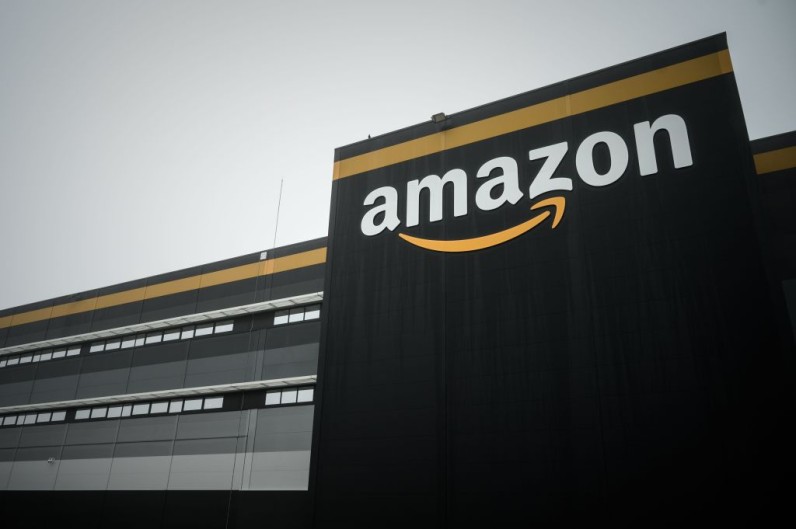
Amazon now has over 1 million robots working in its warehouses, nearly matching the number of human employees as the company pushes deeper into automation and artificial intelligence.
According to a recent report, three out of four Amazon deliveries are now supported in some way by robots.
These machines are doing more than just lifting boxes — they're sorting packages, helping pack orders, and even preparing shipments for delivery.
"We've continued to hire hundreds of thousands of employees, but also created new jobs like flow control specialists and robot technicians," an Amazon spokesperson said.
"Robots are helping us reduce repetition, improve safety, and let employees focus on more skilled work."
At Amazon's large warehouse in Shreveport, Louisiana, more than 70 robotic arms sort and stack items, NY Post said.
The facility is 25% faster than others without the same level of automation. These bots work with human team members, handing over items for packaging and reaching deep shelves — tasks that used to take more time and effort.
Amazon Nears Automation Tipping Point
— Aprajita Nefes 🦋 Ancient Believer (@aprajitanefes) July 1, 2025
Amazon now operates over 1 million robots, nearly matching its 1.56 million human workers. With 75% of deliveries assisted by machines, the company is shifting fast toward full automation. New humanoid bots and AI systems are pic.twitter.com/Jzdg7ZUnj8
AI Boosts Amazon Productivity While Cutting Human Jobs
According to Newsweek, Amazon's use of machines has brought changes to its workforce. The average number of workers per warehouse has dropped to about 670, the lowest level in 16 years.
At the same time, the number of packages shipped per employee has skyrocketed — from 175 a decade ago to nearly 3,900 today.
CEO Andy Jassy confirmed last month that AI is changing the way people work at Amazon. "We will need fewer people doing some of the jobs that the technology actually starts to automate," he said in an interview, adding that "other jobs will be created."
Some workers have already made that switch. Neisha Cruz, who used to pick items in Connecticut, now monitors mobile robots from an office in Arizona.
She told the Wall Street Journal her new job pays more than twice what she made before.
Amazon says it has trained over 700,000 workers for tech-focused jobs and is testing even more advanced robots — including a humanoid model.
Still, not everyone is on board. Critics argue that the real reason for the shift is cost-cutting. "This move isn't about working smarter — it's about replacing people with machines," said Bryan Driscoll, a human resources consultant.







Join the Conversation